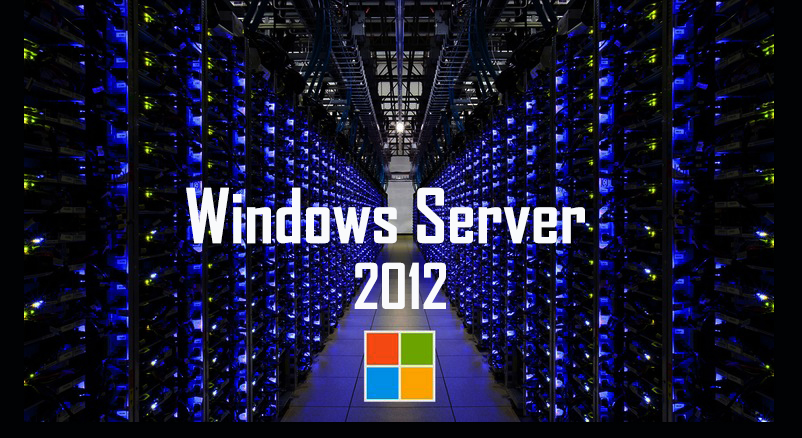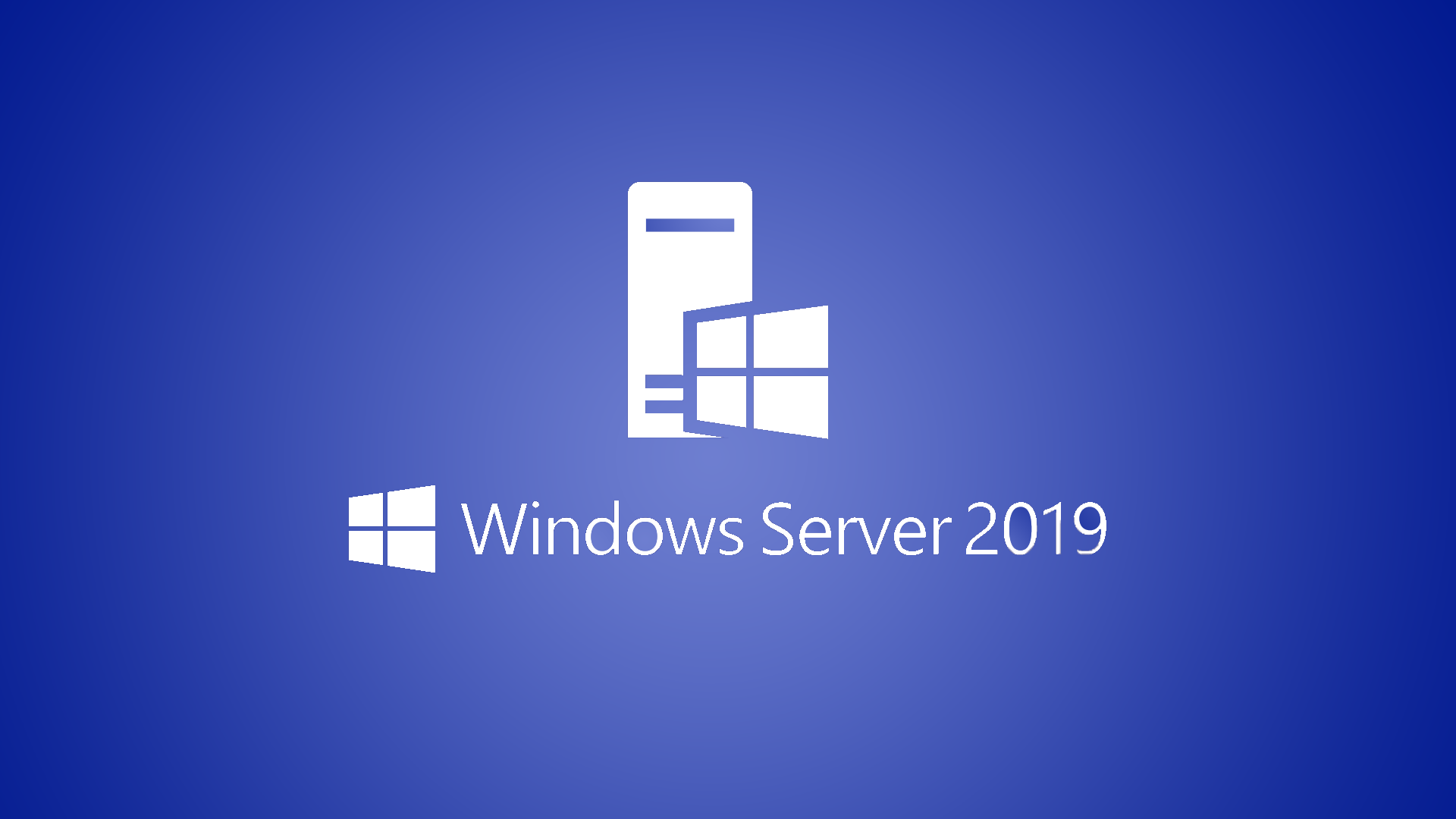
Download Windows Server 2003 Service Pack 2 ISO
Download Windows Server 2003 ISO. By clicking on the links given below you download each and every edition of Windows Server 2003. You can also use it for virtualization purposes as well. Windows Server 2003 can support x86 (32-bit) and few of them can support 64-bit based architecture.

It was created to strengthen the security and reliability of the server. The first-ever version of the Windows Server 2003 was released on 24th April 2003. The server was created by Microsoft Inc. It was the successor of Windows Server 2000 and was the predecessor of Windows Server 2008.
At the start, the server was named “Whistler Server” and was also called “Windows 2002 Server” for a very short time. Later another name was used for a trial period as “Windows .NET Server” or “Windows .NET Server 2003” but in the end, the server was discharged as “Windows server 2003”
The server operating system is highly compatible with Windows Vista. Normally the server operating system is used by enterprises or companies to transfer confidential data to users or employees. As result server operating system is highly targeted by hackers. So, an update is required for each and every user who is using this server operating system. As you will need to keep your server’s security up to date or else there will be a risk of losing data or hacked server will increase.
A total of two service packs were released for Windows Server 2003. The first service pack was released on 24th April 2003 and the second pack was released on 12 March 2007.
Windows Server 2003 is localized in SP2 which means that there won’t be problems for the users who don’t use English as a primary language. The Windows Server 2003 SP2 supports German, French, Russian, Korean, Chinese (both traditional and simplified), Portuguese and more.
Related Topic: Download Windows Server 2022 ISO
Table of Contents
Versions
Many editions of Windows Server 2003 R1 were introduced as Web, Datacenter, Enterprise, and Standard. Each of the editions was developed for a particular type of business. Whereas in Windows Server 2003 R2 four editions were released but with different names. Editions of Windows Server 2003 R2 are Express, Workgroup, Standard, and Enterprise.

Standard
This edition was developed for medium-sized organizations. The Standard edition supports document and printer sharing and also offers secure internet connections. A 64-bit version was also introduced in April 2005 where the operating system was able to support up to 32GB RAM.

Web
It was meant for building and hosting web pages. Web applications and web services including XML were also added. Basically, Microsoft was trying to create a platform for ASP.NET innovations. The web edition was primarily used as an IIS web server. Unfortunately, the domain controller and terminal service features are no available for the web edition. Basically, we can say that this is the basic version of Windows Server 2003 with low cost and highly focused on Web servings.

Enterprise
The enterprise edition was developed to target medium or larger companies. This can support up to 8 physical processors. This edition comes in both 32-bit and 64-bit architecture-based computers. The operating system is also available in Itanium architecture which is capable to support up to 1TB of RAM.

Datacenter
The data center is similar to the enterprise with better group accessibility. This edition is highly suggested for infrastructures demanding high security and stability. The edition is great at handling storage area networks.
Related Topic: Download Windows Server 2008 R1, R2 ISO
Installation

- Download and burn ISO file
The first step will be to download Windows Server 2003 ISO. Then by using the software, you will need to burn that on your external USB drive. Remember that the USB drive should be at least 4GB. As the iso file is burned, reboot your system.
2. BIOS settings
Now, your system will restart. Before your computer reaches the loading screen, you will need to go to the BIOS setting and change the booting sequence to the external drive. save and exit the settings.
3. Hit enter and welcome set up
in this step, you will need to open the file. Here click on Enter and you will reach the welcome screen.
4. Partition
You have reached the partition section. Here format the partition using the NTFS file system and then click on Enter.
5. Region and language
Your system will reboot. After the reboot, you will reach the Regional and Language options. Select the options and click on Next.
6. User name and organization
This is the step where you have to create the user name and organization name you want. There is a chance of being asked for a product key, click on Next without filling any one of the boxes. A warning will pop up, accept and move to the next step.
7. Network setting
You will be moved to Network Settings. In-Network Settings, you will need to choose the Typical settings then click on Next.
8. Workgroup
The last step is to choose one of the options in the workgroup and you are ready to use the server operating system.
Requirements
There is a requirement for a 550MHz processor to run Windows Server 2003 on your computer. In addition to 256MB RAM and 1.5 GB hard disk. External hardware like CD-ROM and super VGA cable of providing 800 x 600 resolution.
Related Topic: Download Windows Server 2019 ISO
Feature

SPN was introduced to allow admins to use network-based applications in a more effective manner. It was also used to boost server performance and maximize network throughput.
XMLite is available in Windows Server 2003. It is a library that is used by developers on creating high-performance XML-based applications.
Distributed File System (DFS) allows multiple users to share a file between different hosting.
With SAN and iSCSI: your computers can connect to a storage server over LAN and there is no need for a separate fiber channel network. SAN can be created over LAN and iSCSI uses iSCSI to transfer big blocks of data from place to place.
IIS is now secured and by default allows only required services to run. Using IIS can enable or disable the functionality of the server required by administrators.
There is an integrated firewall to reduce capital costs that are necessary to connect to the internet.
With remote access: dial-up users can be protected by the administrator’s policy. It can prevent users’ servers from downloading unnecessary files or updates for applications without the admin’s verification.

